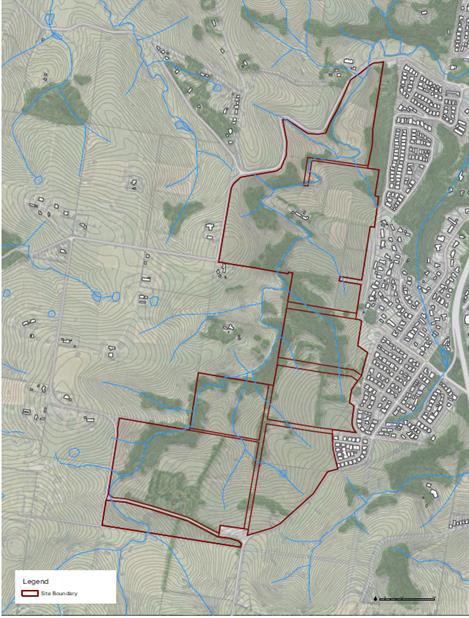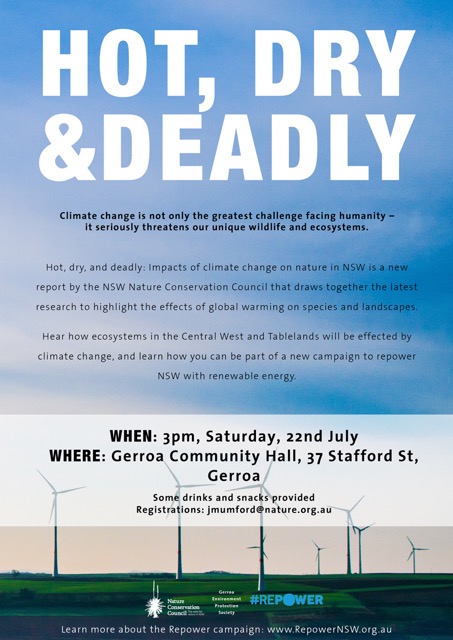Modification 2 – Gerroa Sand Quarry – 50% Increase in Road Transportation NOTE EXTENSION OF TIME TILL THURSDAY 6TH NOVEMBER
Cleary Bros are seeking a modification to Project Approval MP05_0099 (Mod 1) for the Gerroa Sand Quarry (the ‘Quarry’ or the ‘Project Site’) to permit an increase to the maximum rate of road transportation by 50% from 80,000tpa to 120,000tpa.
Submissions regarding this modification can be lodged via the NSW Government’s Planning Portal here. See GEPS concerns below.
The principal concern this proposal raises is the impact of the modified transport requirements. To move the increased sand will require either:
- a greater number of truck movements using the same sized trucks (22 tonnes) or
- the same number of movements using larger trucks (32 tonnes to 42 tonnes) or
- a mixture of both
Possible implications:
- Increased wear and tear on roads either through increased numbers of trucks or greater damage from larger trucks
- Increased noise either from increased number of trucks or louder noises from bigger trucks
- Traffic issues in built up areas such as along Belinda Street from Fern Street to the highway intersection near Gerringong Station, at major intersections and roundabouts and at critical places along the Crooked River Road and Fern Street
- Higher costs for affected Councils with repairs to roads – who pays?
- Potential road safety issues
Note that:
- 70% of truck movements head north and will use the Princes Highway, via Beach Road, Crooked River Road, Fern Street and Belinda Street.
- 30% head south of the Project Site and will use the Princes Highway, via Beach Road (except as permitted for Gerroa Road below); and
- No Project-related trucks will use Gerroa Road, except where the destination lies along or adjacent to that road.
A Description of the Modification can be found here.
Proposed impact on transport (from proponent’s documentation) can be found here.
The Planning Portal page for this Modification Application can be found here.
The Modification Application can be downloaded here.
The Full Modification 2 Report for proposal can be downloaded here.


 GEPS has prepared a submission to the exhibition of the draft Kiama Growth and Housing Strategy.
GEPS has prepared a submission to the exhibition of the draft Kiama Growth and Housing Strategy.
